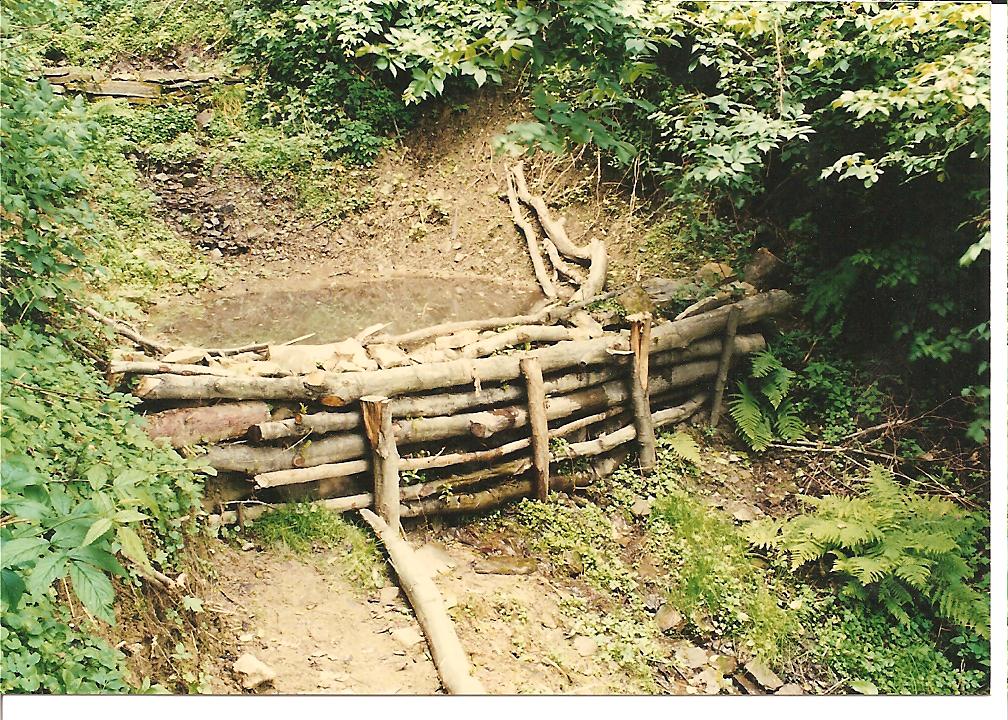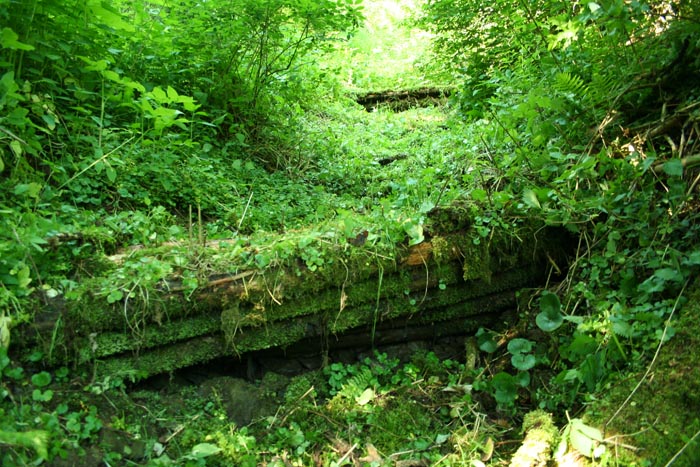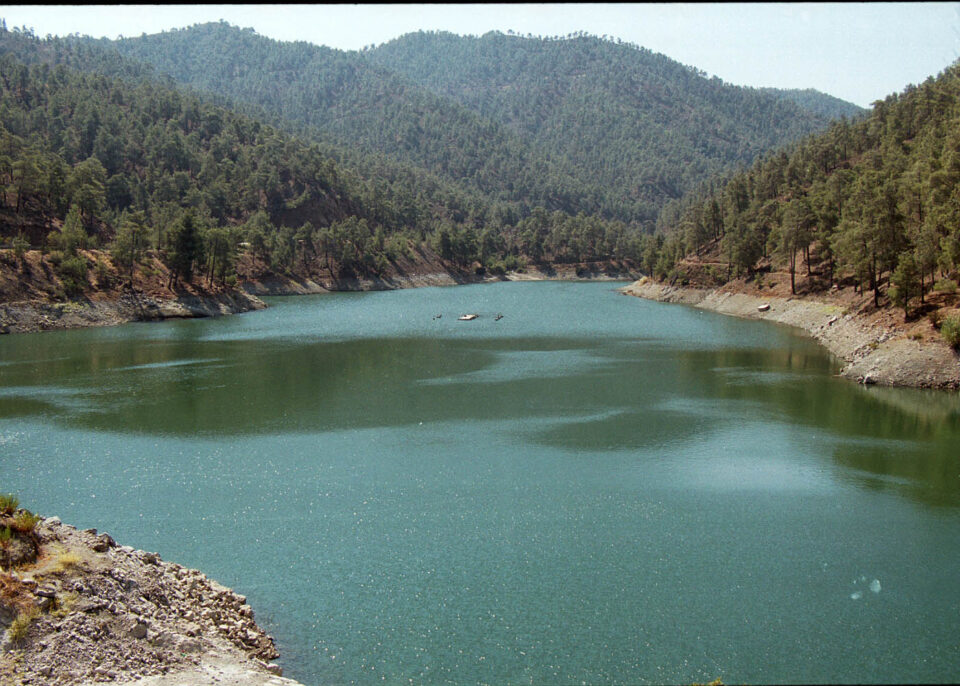By Roberto Schiffo
Practically every day we hear of natural disasters, be that record breaking temperatures, worst flood in a millennium record, loss of crops due to hail, or forest fires in California, Australia, the Amazon forest, or even locally with the recent tragic forest fire that burnt 55km2 in a matter of hours.
To some degree, all these events can be attributed to a broken water cycle.
The water cycle is simply the natural movement of water around the planet. From the oceans/seas, water evaporates into the atmosphere and with the right conditions, clouds form and then at some point, the water falls as rain, hail, or snow to the earth to replenish the surface and sink into the below-ground reservoirs (aquifers), before returning to the sea/ocean via rivers and springs. Additionally, there is evapotranspiration (evaporation and transpiration) taking place from land masses, from forests and lakes, urban and rural areas. It is estimated that around 86 per cent of rainfall that remains on the island is lost back into the atmosphere via evapotranspiration.
The water cycle is the most important factor in reversing anthropogenic (impact from man’s activity) climate change. Yes, even beyond the reduction in atmospheric CO2 concentration which, some argue is a false promise of a single metric. Gaia, our planet, is a biome of dynamic synergistic ecosystems that has evolved to support life over four or so billion years, and although CO2 is a greenhouse gas, it makes no sense to concentrate on one metric (CO2) when the system is dynamic and based on multiple systems interacting in synergistic relationships with each other.
On the other hand, the water cycle interacts with all aspects of Gaia. Water is a magnificent element: it cleans, transports (e.g. nutrients in the body), dilutes, absorbs huge amounts of heat, hydrates, is conductive (allows electricity to pass), is a medium for mobility (e.g. a yacht), and much more.
Where there is water, life can form.
This life currency is found both above ground (as found in the vegetation, rivers, lakes and dams or even an ice sheet), and below ground (in soil, biology, underground rivers, and aquifers). It’s interesting to note that there is over one thousand times more freshwater stored below ground than in all the world’s rivers, lakes combined (though not all is accessible).
Water productivity is the ability for us to work with water in a way that it helps us become more productive (to thrive). Water productivity is possible where we can access/influence it: in rainfall, evapotranspiration, aquifer recharge and runoff.
Therefore, our activities on the earth’s surface will determine whether we are depleting our water productivity, or replenishing and growing it, and this will reflect the ability of that region to grow and sustain life.
In Cyprus, as in many areas around the world, currently our land is becoming increasingly arid while we are needing to drill deeper to find water, both indicators of a depleting water cycle.
Regenerative water cycle
Therefore, key to our ‘sustainability’ as an island, or community, is to interact with the water cycle in a way that will cushion the falling rain, slow the water, and allow it to sink into the ground; in other words, to build our water productivity.
Nature-based solutions
The most sustainable interventions that have proven themselves in various climates and locations around the world work with nature and could be loosely be brought together under the umbrella title of nature-based solutions (NBS).
NBS can encompass the practices of agroecology/permaculture, agroforestry, regenerative agriculture, Silviopasture, regenerative aquaculture and a myriad of other titles, yet they all share common underlying principles of designing and developing projects and practices that work with nature.
NBS are designed around the location and the natural environment, and could be anything from terracing the land, or placing obstructions (e.g. check dams/gabions) in rivers and streams in order to slow (not totally stop) water, and to spread the water. Decisions of what to plant where, next to what (for mutual beneficial exchange), building the organic matter in soil and avoiding tilling are just some examples. Most of the work is upfront (including the need for funds and labour) but typically in time these are minimised or eliminated altogether. Fortunately, today the EU is now pushing funding towards sustainable farming under the EU Green Deal.



One example is from Water Holistic, who, with EU funds, implemented around 100,000 of such interventions (see pictures) in a forest area in the Torysa River Basin, Slovakia, in 2005. These are still holding strong and have cumulatively negated the need for a dam to be built, which can be hard to believe.
It’s all about the soil
Soil is an amazing symbiosis of biological life and minerals, which differs from ‘dirt’ in that it contains biology. The more soil biology (sometimes referred to as soil organic mass or SOG) there is, the more holding capacity of water the soil provides (some estimates indicate that a 1 per cent increase of SOG in the soil can hold an additional 150,000 litres of water per hectare), which then mitigates runoff of the topsoil, the productive part of the soil.
Soil biology is part of the food web, which consists of five tropic levels that include plants/trees, bacteria/fungi, nematodes, all the way up to predator animals: it’s a symbiotic relationship. Additionally, carbon is one of the building blocks of life, so the more trees, plants, and biology we have, the more atmospheric CO₂ we absorb and pass on into the other forms of life.
With biodiverse forests or agricultural practices such as agroecology, we have multiple layers of activity/functions with the basis of ensuring water security. When rain falls and we provide ground cover (trees, bushes, cover crops), it hits the plants rather than the bare soil, avoiding compaction and disruption of the soil. The soil itself contains a healthy biology which absorbs, filters and releases over a long period, water. This then rejuvenates our rivers, increasing biodiversity and life along the way.
With a well-established system, we would likely have streams and rivers running throughout the year, increasing the water table in the aquifers (note: currently, the agricultural sector (less than 3 per cent GDP) in Cyprus uses around 90 per cent of all pumped groundwater), negating the need for large infrastructure such as dams.
Additionally, the vegetation also provides a cooler microclimate (think about a summer day and standing under a tree), and increases biodiversity, which all enhance the ability for rain to fall and we then end up establishing a regenerative water cycle.
It’s a win – win – win situation.
Cyprus-based Roberto Sciffo is the CTO of ISA Energy, an innovative project development company with a focus on sustainability and inter-sectoral decarbonisation. Roberto has a varied background from engineering and biological medicine, environmental systems, integrated economies and systems thinking







Click here to change your cookie preferences